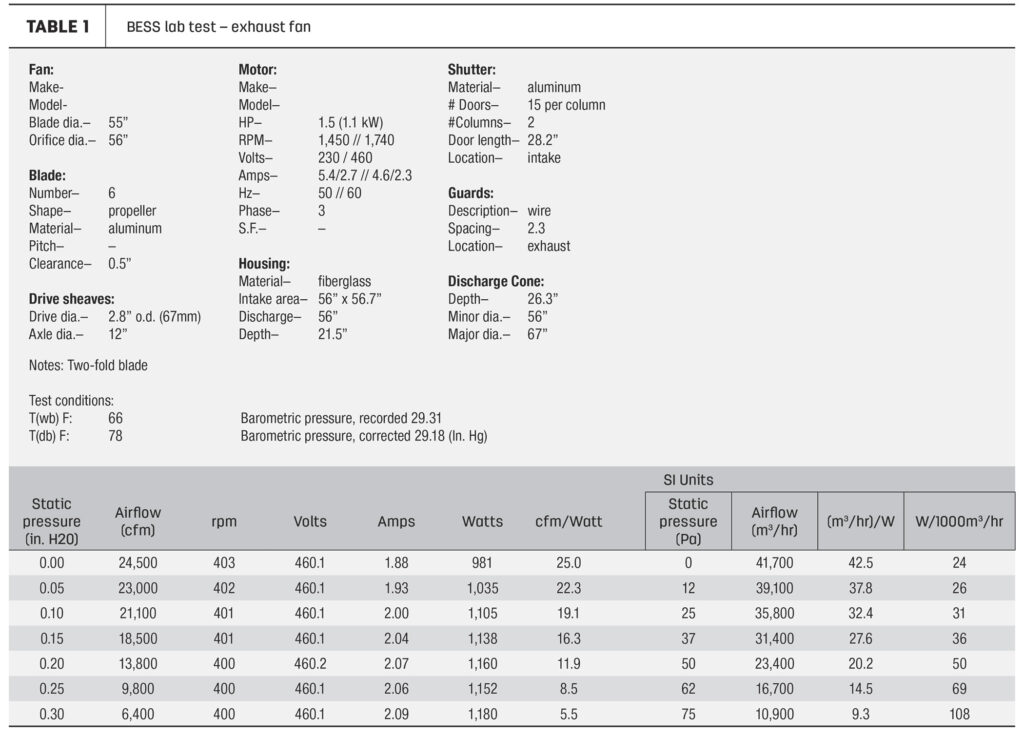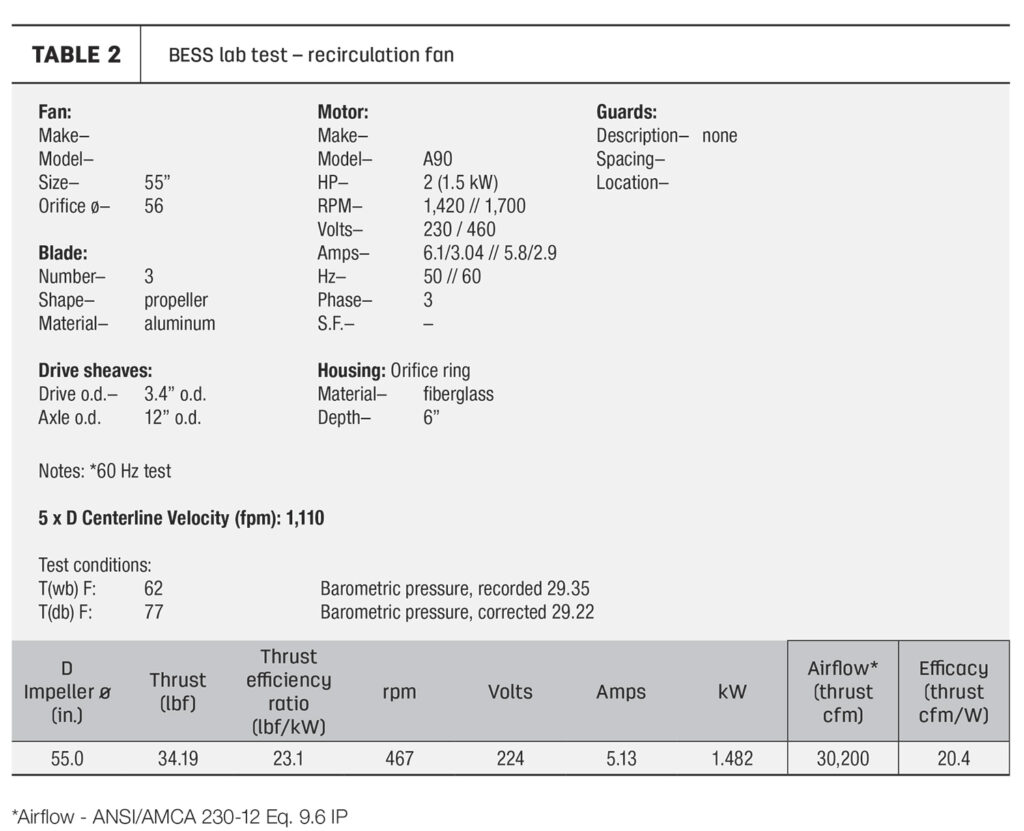Our Cyclone fans are purpose built for the Dairy industry and are the highest quality dairy developed fan in the world. We Manufacture everything “in-house” so we oversee everything from design through the manufacturing process. This means we have complete oversight on quality control.
Ventilation
Electronically Commutated Motors are a superior choice for dairy ventilation fans.
Their efficiency, longevity, and precise control enhance cow comfort, productivity, and overall farm performance.
Why should we care?
Ventilation is crucial for dairy barns as it helps to maintain a healthy environment for the cows, which directly impacts their productivity and overall well-being. Inadequate ventilation can lead to the accumulation of harmful gases, such as carbon dioxide, methane, and ammonia, which can cause respiratory issues for the cows. This can also lead to increased bacteria and disease buildup in the barn, putting the cows at risk of infections and illnesses.
Proper ventilation helps to regulate temperature and humidity levels, which is especially important during hot and humid weather conditions. Heat stress can lead to reduced milk production, lower fertility rates, and even death in severe cases. Ventilation systems help to remove heat and moisture from the barn, allowing the cows to remain cool and comfortable.
 Ventilation systems can also help to reduce odors and improve air quality in the barn, creating a more pleasant environment for the cows and workers. This can also help to improve the overall image of the farm to the public, as odor and air quality issues can be a concern for neighboring communities.
Ventilation systems can also help to reduce odors and improve air quality in the barn, creating a more pleasant environment for the cows and workers. This can also help to improve the overall image of the farm to the public, as odor and air quality issues can be a concern for neighboring communities.
In addition to the benefits for the cows, proper ventilation can also lead to cost savings for the farm. Improved air quality and reduced heat stress can lead to lower veterinary bills and improved milk production, which can increase revenue for the farm. Proper ventilation can also help to reduce energy costs by improving the efficiency of heating and cooling systems in the barn.
Overall, ventilation is essential for maintaining a healthy and productive environment for dairy cows. Proper ventilation systems help to regulate temperature, humidity, and air quality, reducing the risk of respiratory issues, heat stress, and disease buildup. These benefits not only improve the well-being of the cows but can also lead to cost savings and improved revenue for the farm.
Ventilation in dairy barns is crucial to maintain a comfortable environment for the cows, which in turn promotes their overall health and productivity. There are two key concepts behind ventilation: air exchange and air speed.
Air exchange refers to the amount of fresh air that replaces stale air in the barn. Fresh air is important because it helps to remove moisture, heat, and contaminants such as dust and ammonia, which can have negative effects on cow health. The recommended minimum air exchange rate for a dairy barn is typically between 4 to 6 air exchanges per hour, although this may vary depending on factors such as barn size, cow density, and climate conditions.
Air speed, on the other hand, refers to the movement of air within the barn. The recommended air speed for a dairy barn is between 200 to 600 feet per minute (1 to 3 meters per second), which helps to keep the cows cool and comfortable during hot weather. This is important because cows are prone to heat stress, which can have serious negative impacts on their health and productivity.
It is important for dairy farms to have both proper air exchange and air speed to maintain a healthy environment for their cows. While air exchange helps to remove moisture, heat, and contaminants from the barn, air speed helps to distribute cool air and prevent the buildup of heat around the cows. In addition, proper ventilation can help to prevent respiratory illnesses and improve milk quality, ultimately leading to increased profitability for the dairy farm.
In summary, ventilation is important for dairy barns to maintain a comfortable and healthy environment for their cows. The two key concepts behind ventilation, air exchange and air speed, are essential for proper cow health and productivity. Dairy farms should prioritize proper ventilation to promote the health and well-being of their cows and ultimately increase their profitability.
Compare exhaust-style fans and circulation-style fans to see which is best for your operation.
Author: Dan Veeneman
Originally Posted in Progressive Dairy
Fans for use in dairy barns come in a variety of different sizes, shapes, function and materials. While most fan manufacturers offer fans that range in size from 36 inches to 84 inches in diameter, there are some even larger than that. When looking at the variety of fan sizes, the differences in shape soon become apparent. Options range from round panel fans, box fans, exhaust fans, high-volume low-speed (HVLS) fans and basket fans. Each different shape and style of fan is meant to serve a different function. Add in the fact that there are many different materials used in building these fans, and it seems like an impossible task to select one fan over the other. It becomes so difficult to compare fans that it feels like we are no longer comparing apples to oranges and instead are comparing chalk to cheese.
So, how do we make sense of all these options available to dairy producers, when fan manufacturers and sales reps are all sure that they are the only ones with the best possible fan and everything else is inferior to their product? The first thing to understand is that there are two main types of fans – exhaust-style fans and circulation-style fans. Exhaust fans are used to pull or draw air through a space using negative pressure, and circulation fans are used to move air within a required space. Each of these fan types has specific and different requirements to be effective and efficient at the job they are designed to accomplish, which can be objectively tested and measured.
 One of the key tests for exhaust-style fans is to measure their airflow in cubic feet per minute (CFM), and energy consumption in watts, at various levels of static pressure. We can then use this to give the fans an efficiency rating of CFM/watt at the different pressure levels. When comparing different exhaust fans and their efficiency ratings, airflows and power usage, the range of these values can seem overwhelming at first. However, once we remember different fans are designed for different purposes, the variance in these numbers makes much more sense. Some fans are designed to move as much air as possible, some are designed to be as efficient as possible and some are designed to achieve a certain performance at a very specific pressure value. So, when comparing exhaust fans, it is important to understand what your requirements are.
One of the key tests for exhaust-style fans is to measure their airflow in cubic feet per minute (CFM), and energy consumption in watts, at various levels of static pressure. We can then use this to give the fans an efficiency rating of CFM/watt at the different pressure levels. When comparing different exhaust fans and their efficiency ratings, airflows and power usage, the range of these values can seem overwhelming at first. However, once we remember different fans are designed for different purposes, the variance in these numbers makes much more sense. Some fans are designed to move as much air as possible, some are designed to be as efficient as possible and some are designed to achieve a certain performance at a very specific pressure value. So, when comparing exhaust fans, it is important to understand what your requirements are.
When we look at recirculation fans, they are tested in a different manner, since they are built to achieve a different result. Recirculation fans are tested on how much air they move in thrust CFM. This is tested and measured by having the fan blow against a load cell. The fan’s power consumption can also be tested, allowing it to get an efficiency rating of thrust CFM/watt. The airspeed at a distance of five times the diameter is also tested, which provides an indication of the distance the fan can throw the air.
The Air Movement and Control Association (AMCA) sets testing procedures and requirements for fans. This ensures that all fans are tested to the same standards and use the same methods so that we can get a true comparison. So, when comparing different fans, it is imperative to get independent lab-tested data. It is also important to note which AMCA standard the data was tested to, as the testing methods and technologies have changed over the years.
BESS Labs is an independent laboratory at the University of Illinois that is certified by AMCA to test both recirculation fans and exhaust fans. The test results are often on their website, which allows for them to be publicly accessible. This transparency in how fans are tested and what the numbers mean allows customers to make an informed choice about which fan is the most appropriate for their application. When listening to a sales pitch, always ask for the test data to support the numbers that you are hearing. Most salespeople will be able to back up their claims by providing you with documented test data. One thing to note is that, for test data to be accurate, the model number of the fan should match the test report. A small change, like an increase or decrease in the size of the motor pulley, can drastically alter the data, showing either greater performance or efficiency.
Besides performance and efficiency, material construction is also something to keep in mind when comparing fans. Fans can be made from a wide variety of materials that will affect the costs and potential lifespan of the fan. A fan constructed of stainless steel will be more resistant to harsh conditions but will also cost significantly more than a fan constructed using other materials.
While sifting through test data and fan specifications may seem as boring as watching paint dry, putting in the time and effort to do some research will ensure that you are better equipped to select the appropriate fan for your project.
A few things to note on the sample exhaust fan test (see Table 1):
- The information above the test results table gives the fan information, such as size, motor information, etc.
- The test data table shows the fan performance at varying static pressure points. You will notice a decrease in airflow and an increase in watts as the pressure increases.

A few things to note on the sample recirculation fan test (see Table 2):
- The information above the test results table gives the fan information, such as size, motor information, etc.
- Look for the 5 x D centerline velocity.
- The test data shows the fans’ measured performance based on thrust CFM.

